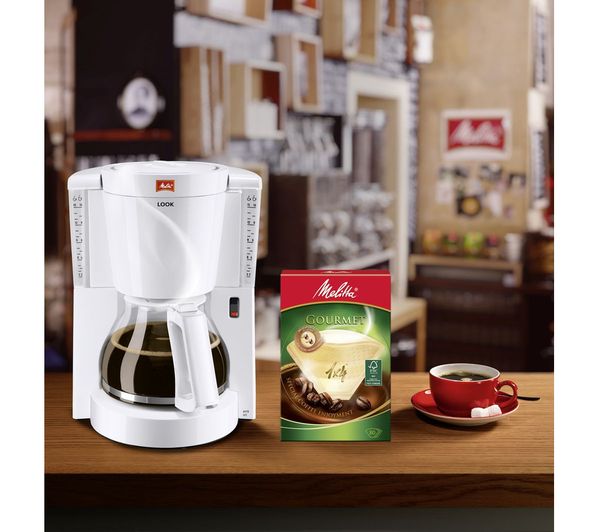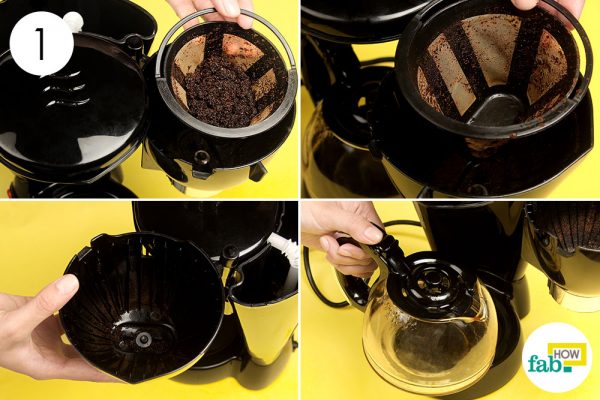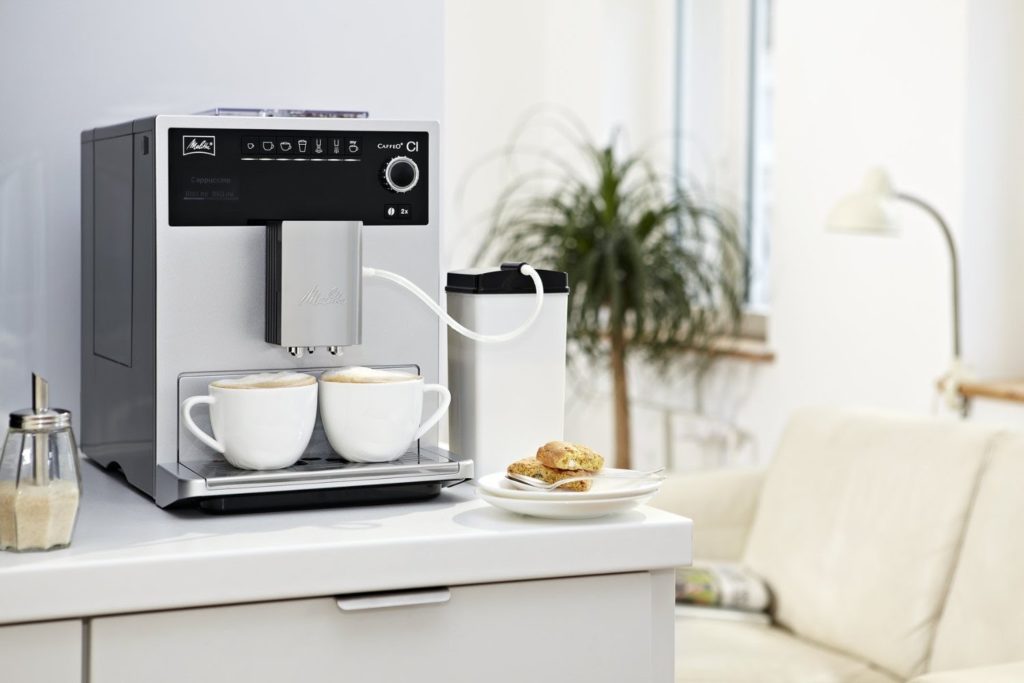There’s absolutely no use in trying to sugar coat the fact that with every coffee machine, no matter the brand, type of price you paid for it – you are going to experience some problems with your coffee machine. Instead of playing the Ostrich in this case, we’re going to face the common problems head-on and help you find ways of preventing these issues from arising in the first place.
Capsule Coffee Machine Problems
While the capsule coffee machine remains of the simplest coffee machines on the market (in terms of technology), you will likely not experience many issues in terms of things going wrong. Understand though, that capsule coffee machines are not built to last forever, especially the lesser-known brand names. However, the biggest problem with capsule coffee machines is programming the cup sizes.

.png)
It’s got two buttons on it, so it can’t be that complicated, right? Wrong! You have to read through your specific brand’s user manual to see exactly how to set up your cup size or return it to factory settings.
Make sure you run a rinse cycle (if your capsule coffee machine doesn’t have a rinse button, remove any capsule from the machine and simply press the button to “brew a cup” without the capsule inside. This helps to clear out any built-up residue in the pipes of your machine.
Filter Coffee Machine Problems
Not so much a usage problem, but with filter coffee machines, something you’ll need to be aware of and monitor is the heating plate. Once you’ve brewed your pot of coffee, you often leave it on the heating plate so that your pot stays hot.


On most commercially available filter coffee machines, this plate stays a t a constant temperature, which can lead to your coffee burning and resulting in a horribly bitter tasting brew.
However, on industrial filter coffee machines, the heating plates are self-regulating, i.e. – they reach the optimal temperature and automatically switch off, until the heat drops to a certain level, after which it is re-heated to the optimal level.
One tip to keep your filter coffee machine working perfectly is to ensure the coffee grounds basket is removed and washed with soapy water daily. You really should use a paper filter for each brew, but if you skip the paper filter once or twice, be sure to wash every movable and rinse-friendly part of the machine to remove and coffee grounds which may have found their way in. This will prevent the machine from clogging or being damaged by lodged coffee grounds.
Automatic Coffee Machine Problems
Because automatic coffee machines make use of whole coffee beans, you’re exposed to the oil contained within that bean, a problem most other coffee machine types need not even consider, let alone worry about.
The build-up of coffee lipids, if not carefully monitored and maintained, can become an issue. The lipids form a black, sticky and bitter-smelling build-up on exposed areas, and if this is not removed, it can start to affect the taste of your coffee.


Automatic machines with milk frothers or milk cannisters must be carefully washed at the end of each day. Stagnating milk will not only affect your coffee, but may also begin to damage the machine.
The brew group, in some machines where the unit is separate and movable, may be a bit of a hassle. This unit needs to be removed, wiped and cleaned out carefully every day. Not doing this could have big implications on the workings of your machine. The only problem comes in when you have a “stubborn” brew group, that is, one that requires some coaxing to re-insert.
Rinsing and cleaning the machine need to be performed daily and weekly, and if you are not using purified water, a filter change and de-calcification may need to be performed. Your machine should prompt you when this is necessary, but don’t overlook these warnings.
Have you experienced any common problems in coffee machines, and perhaps found useful hacks to overcome them?
We love to hear form you!
